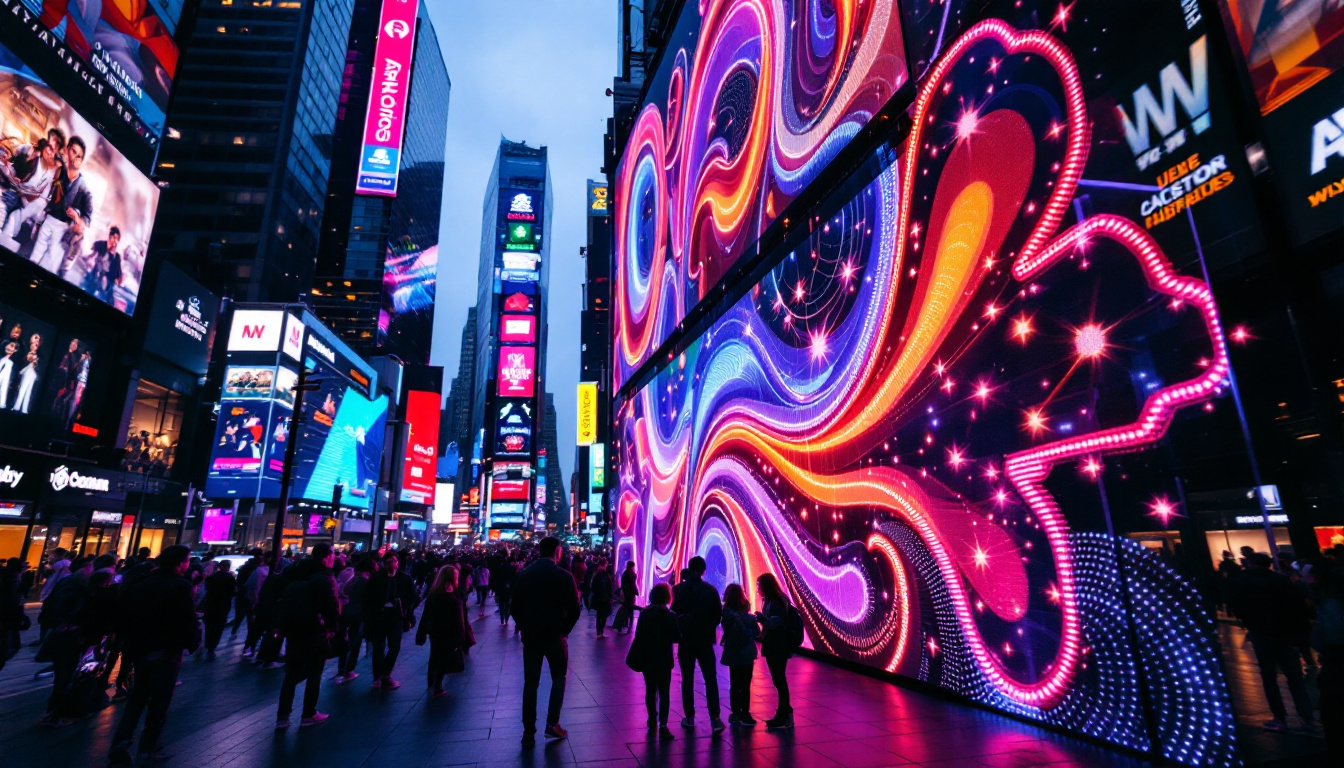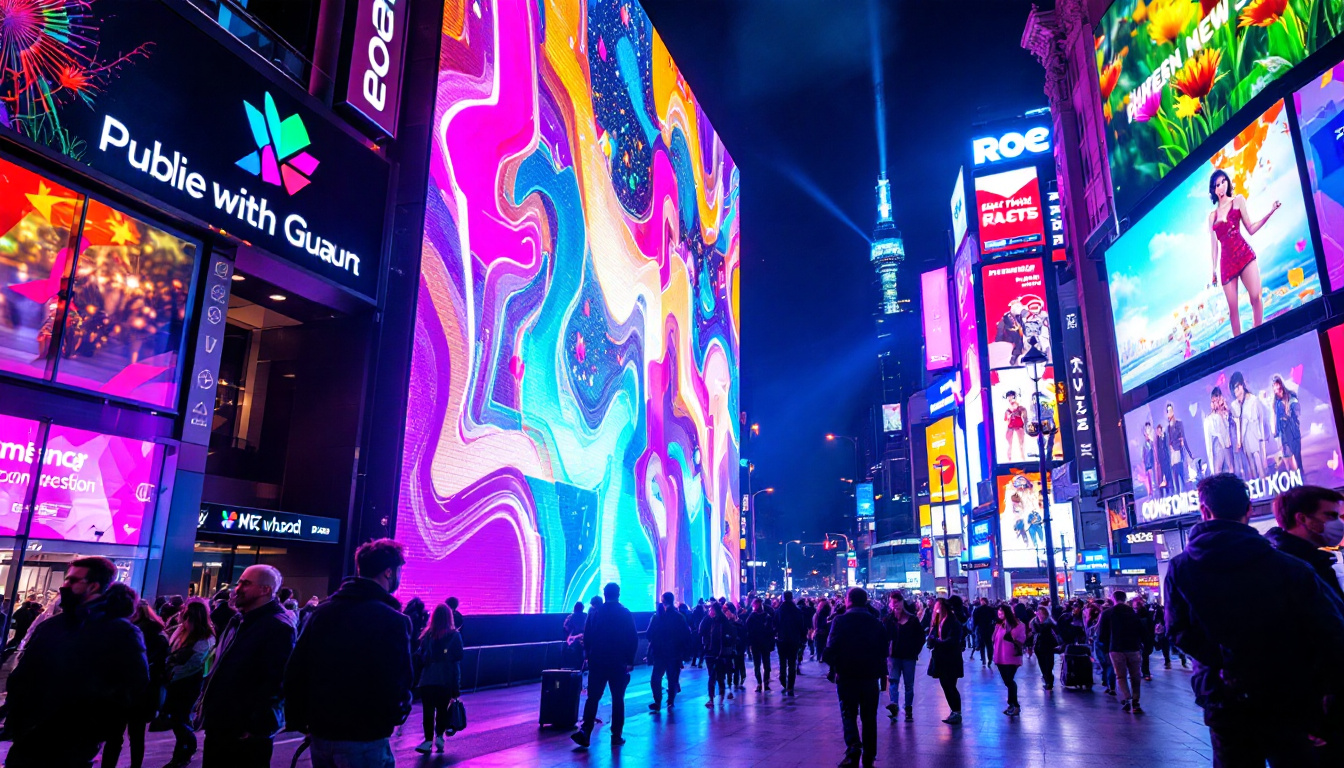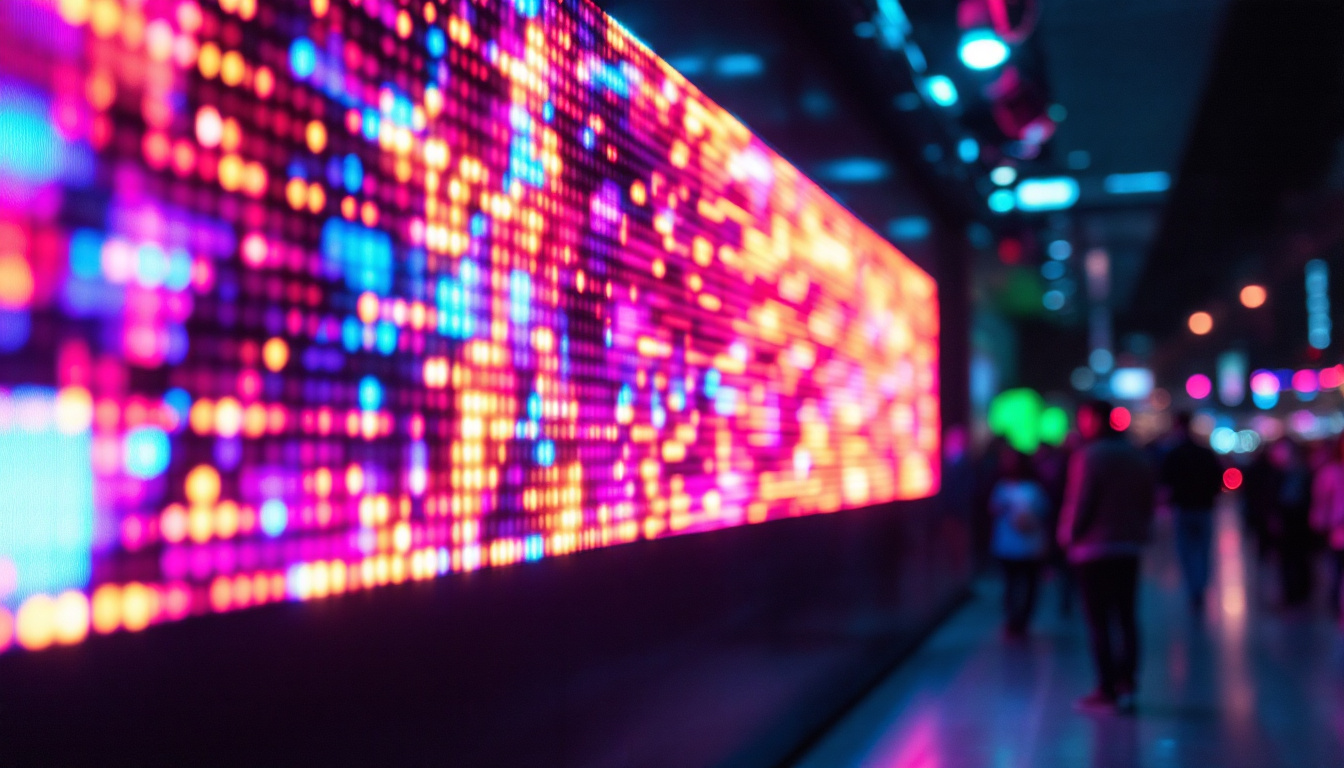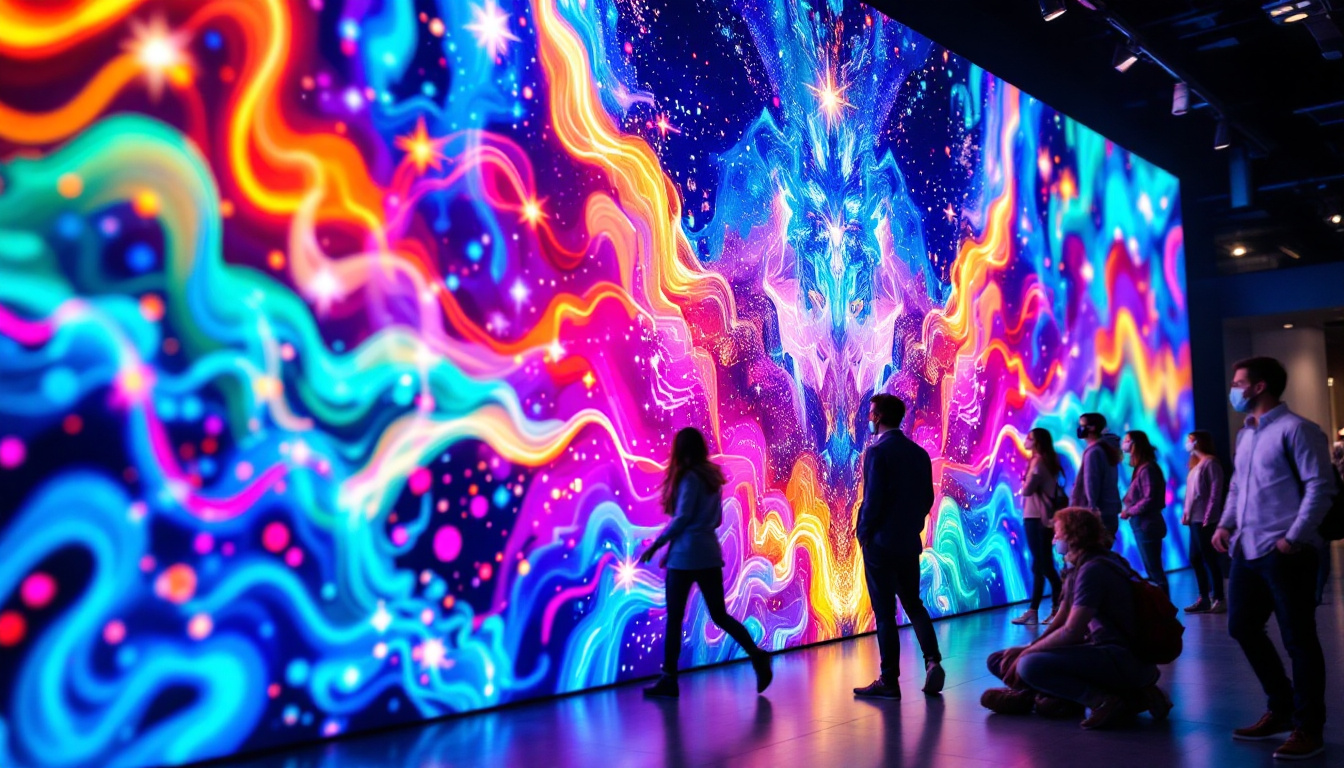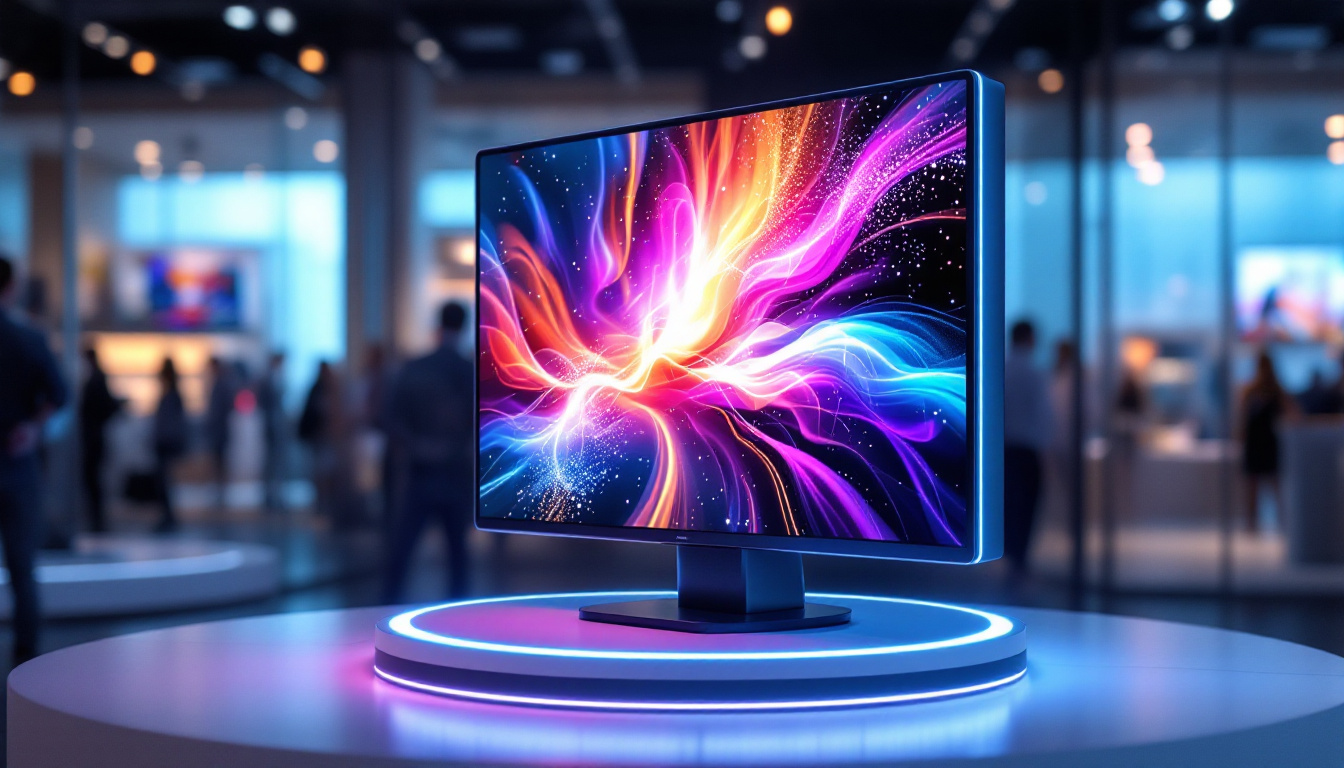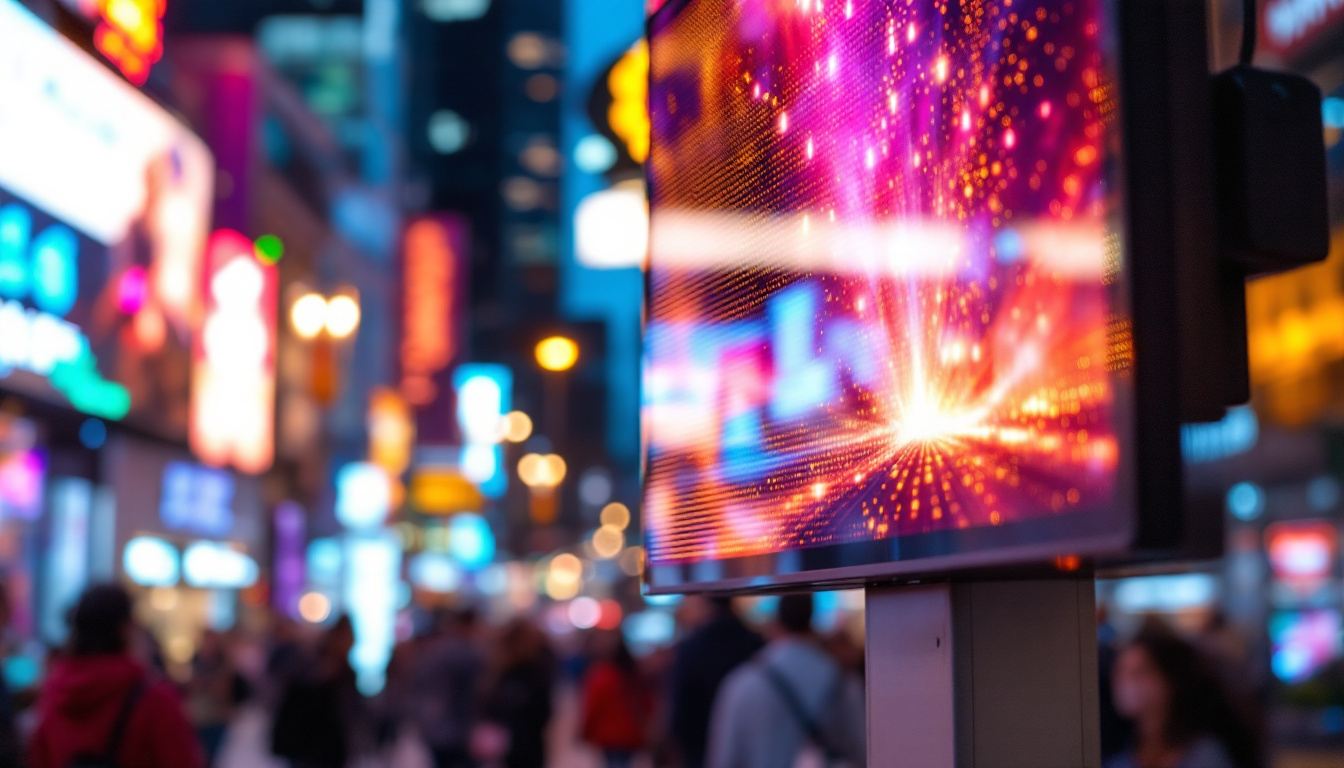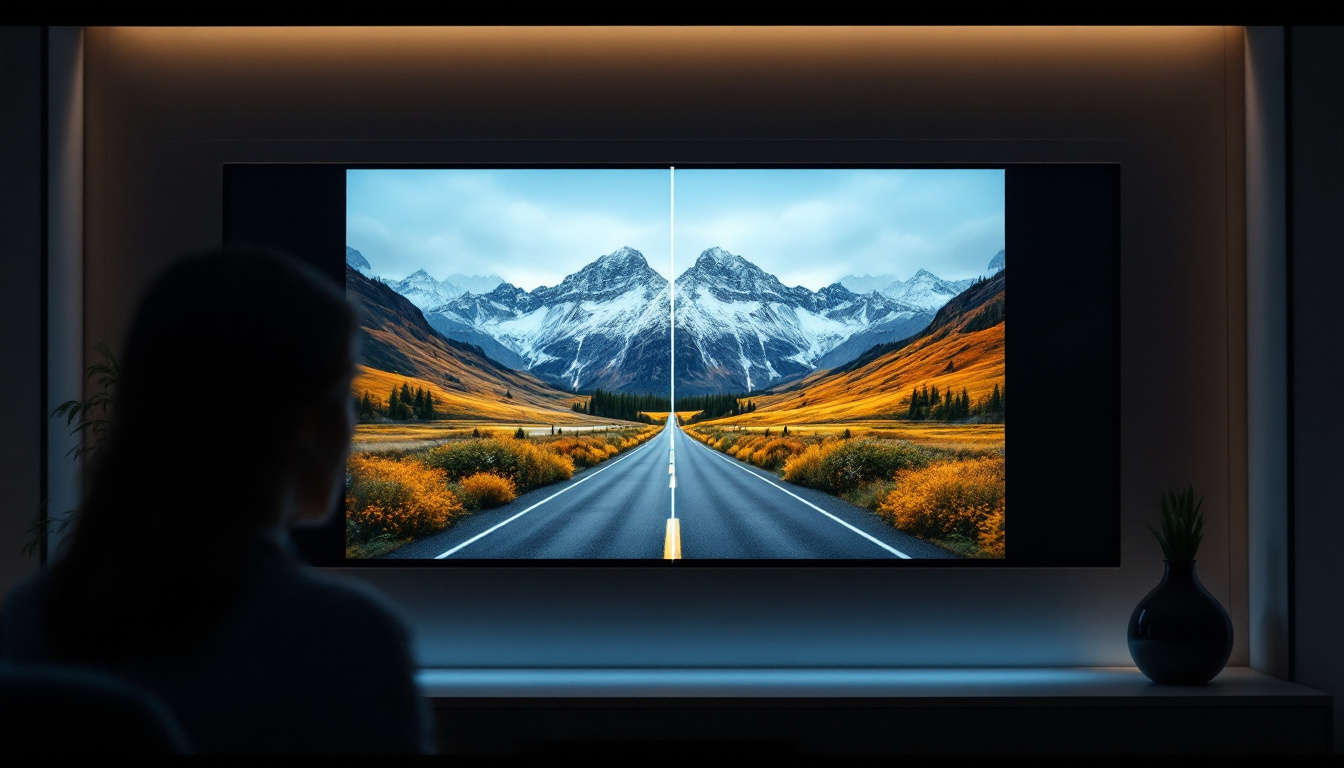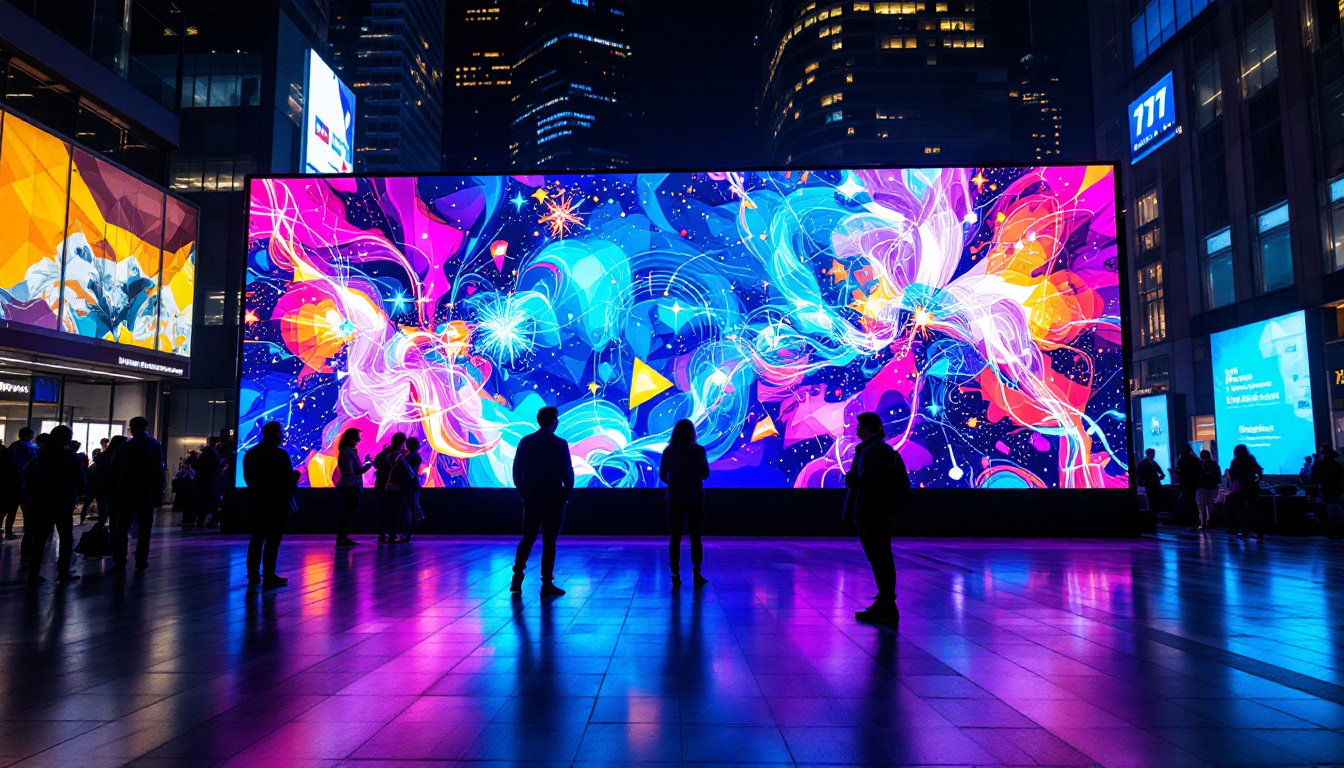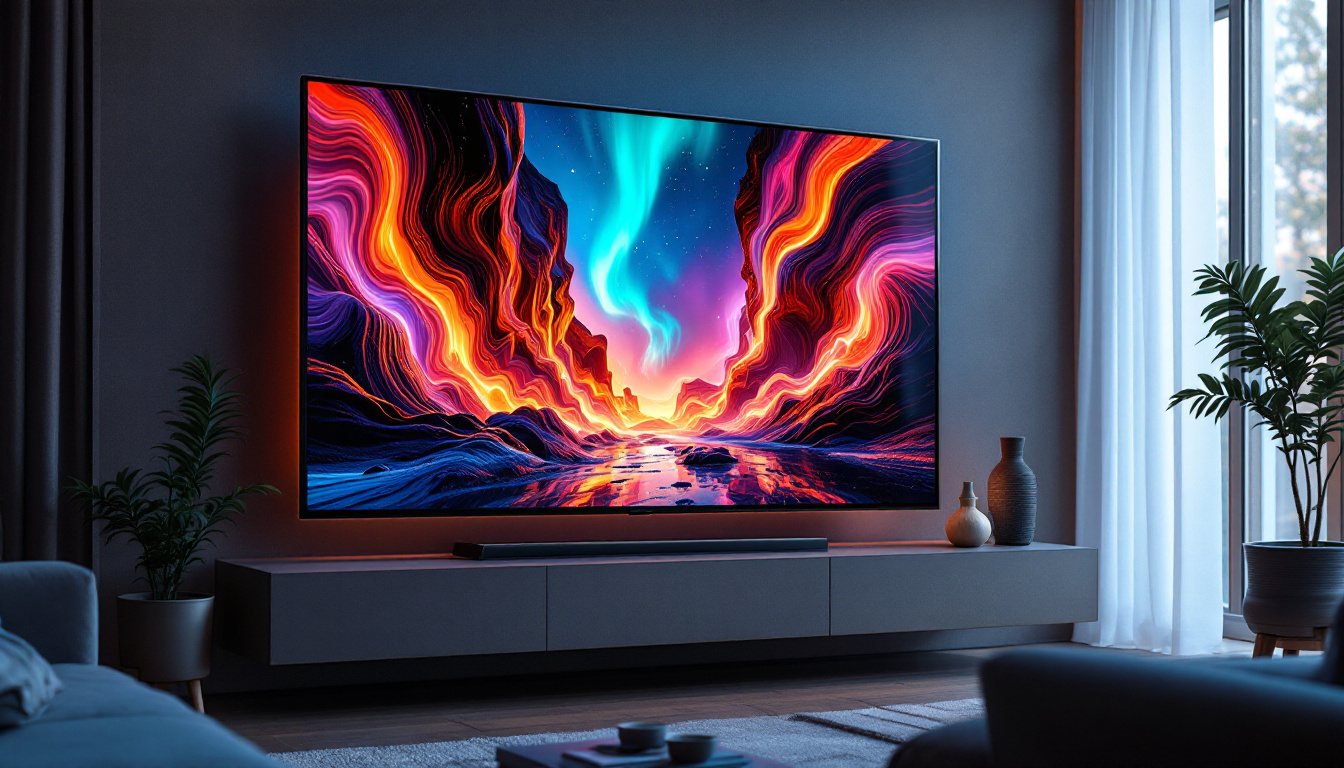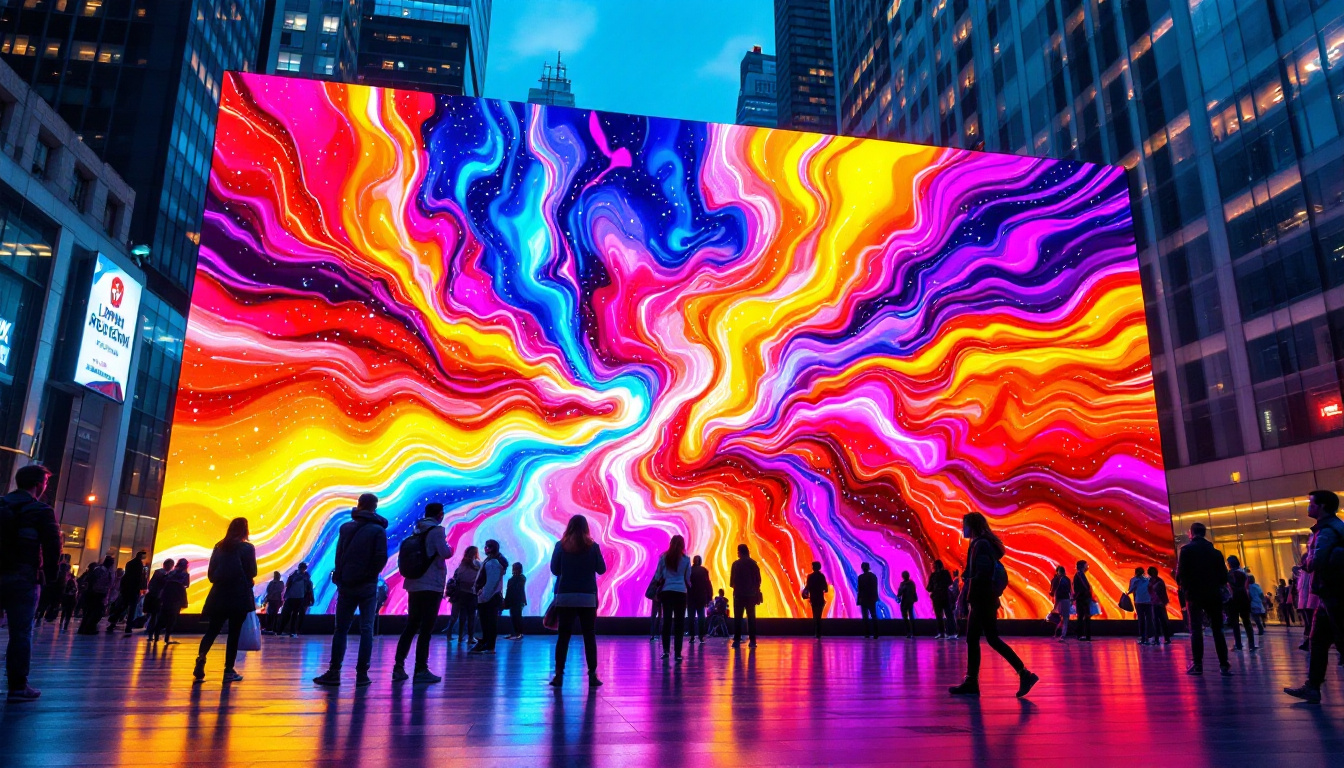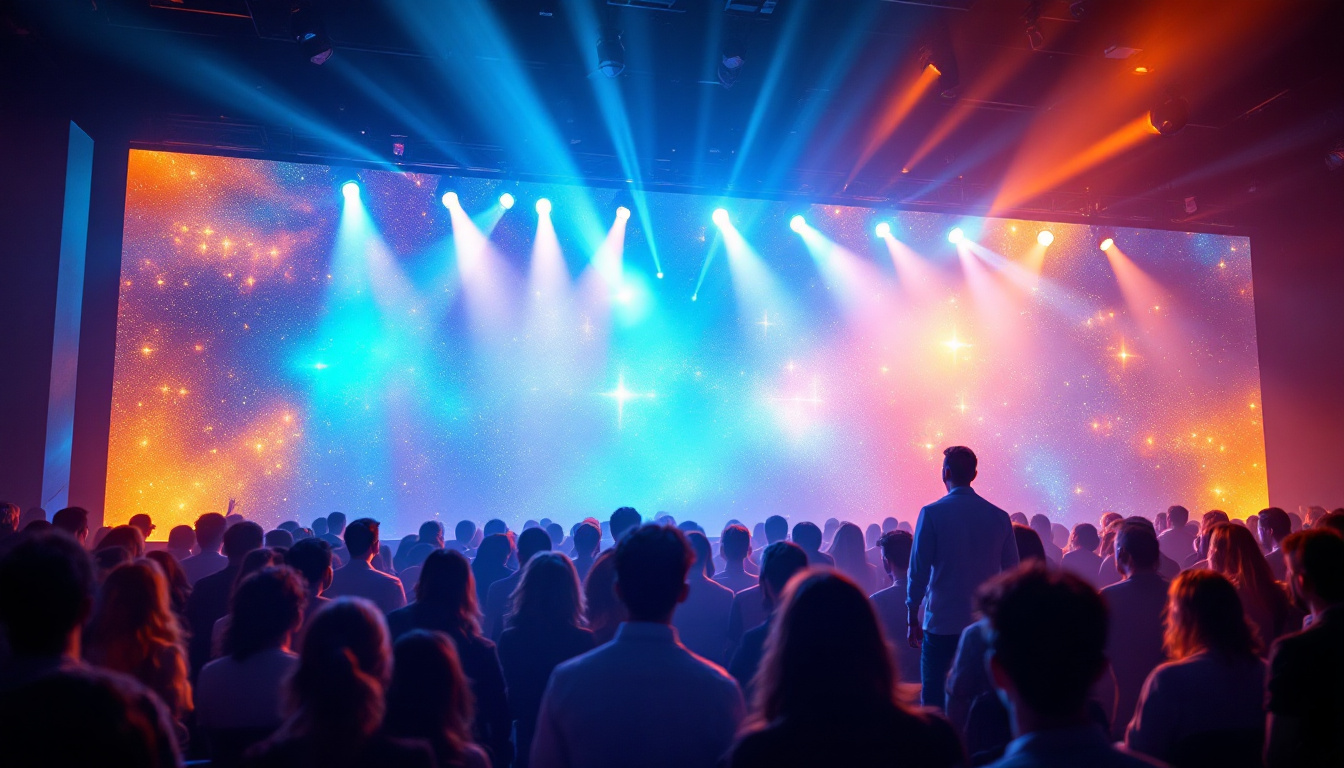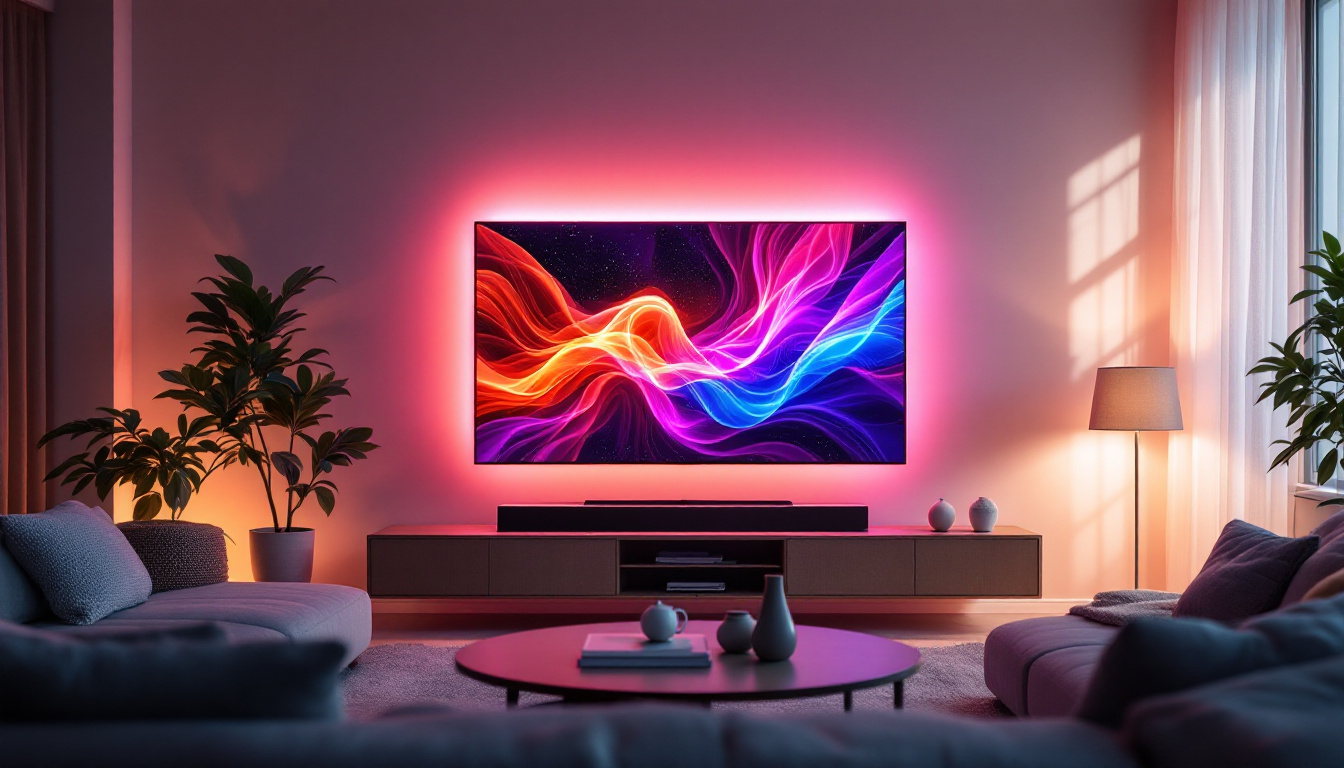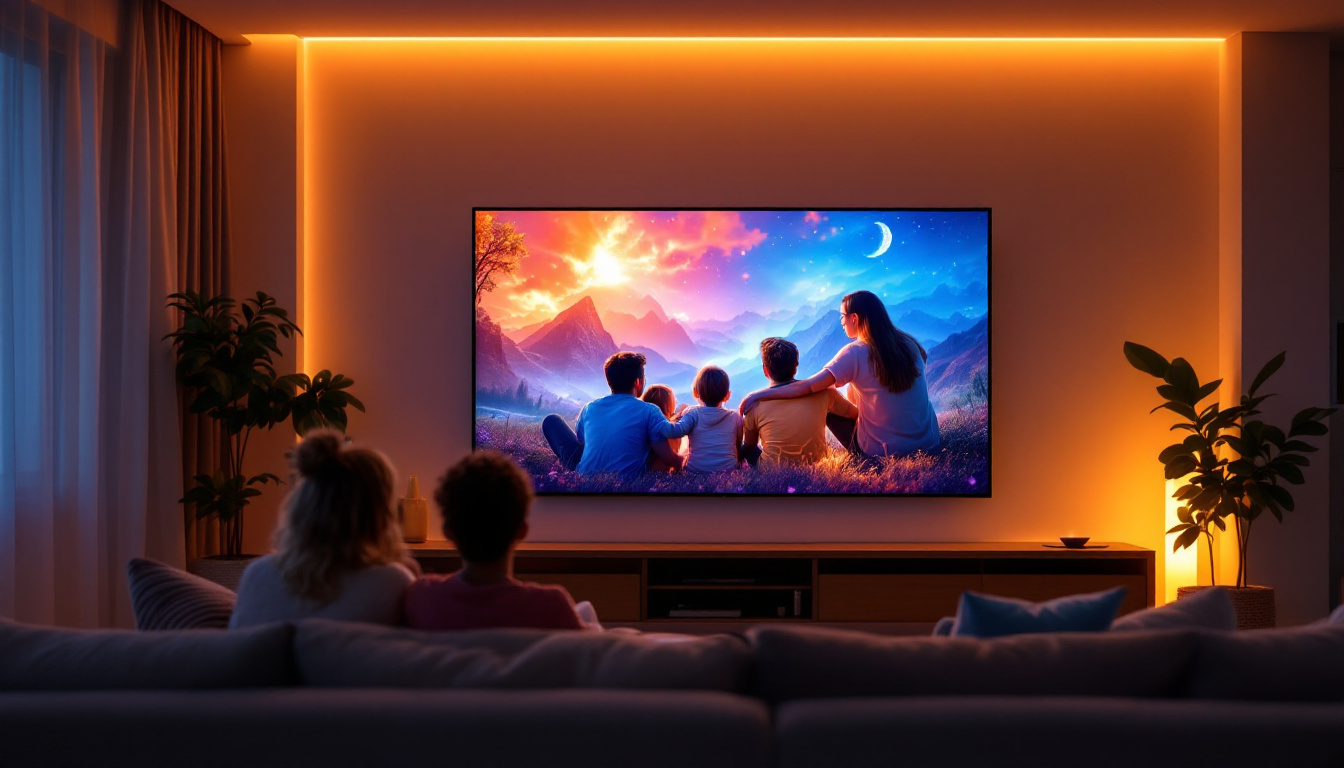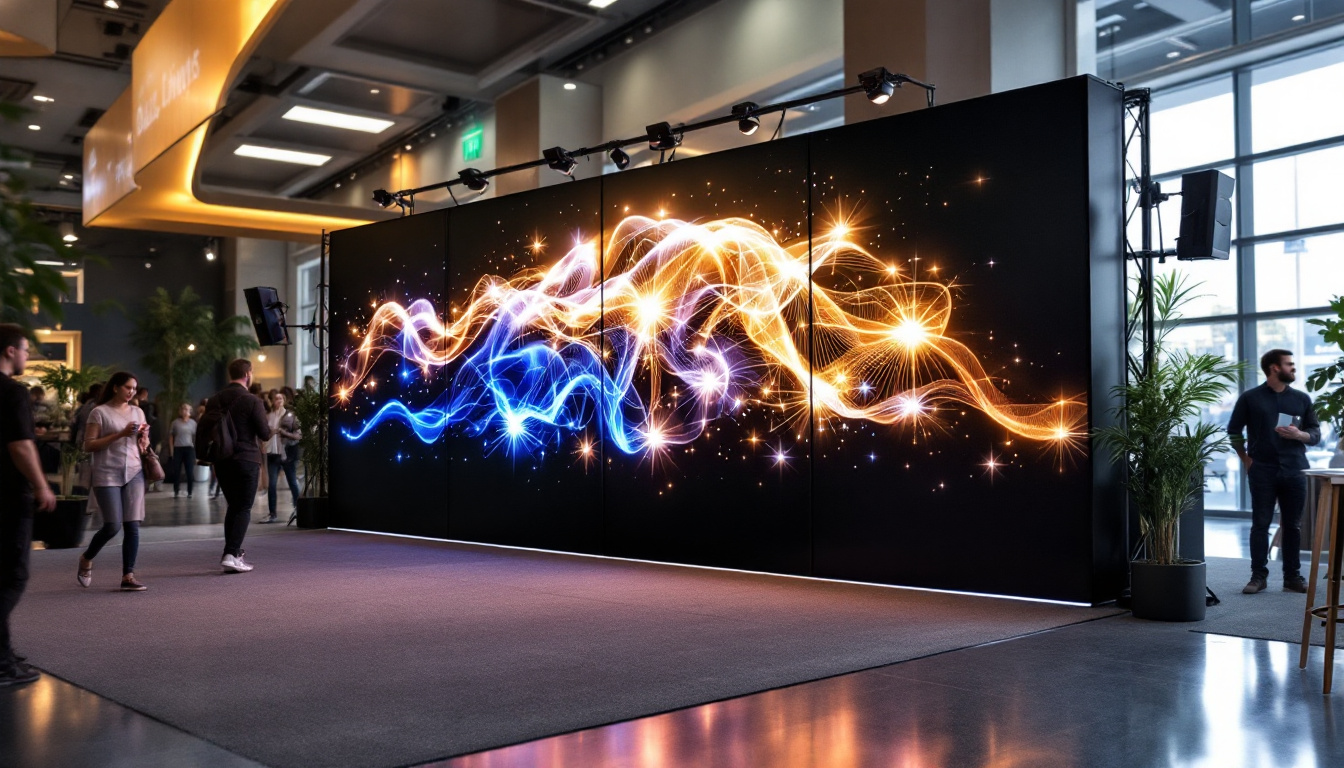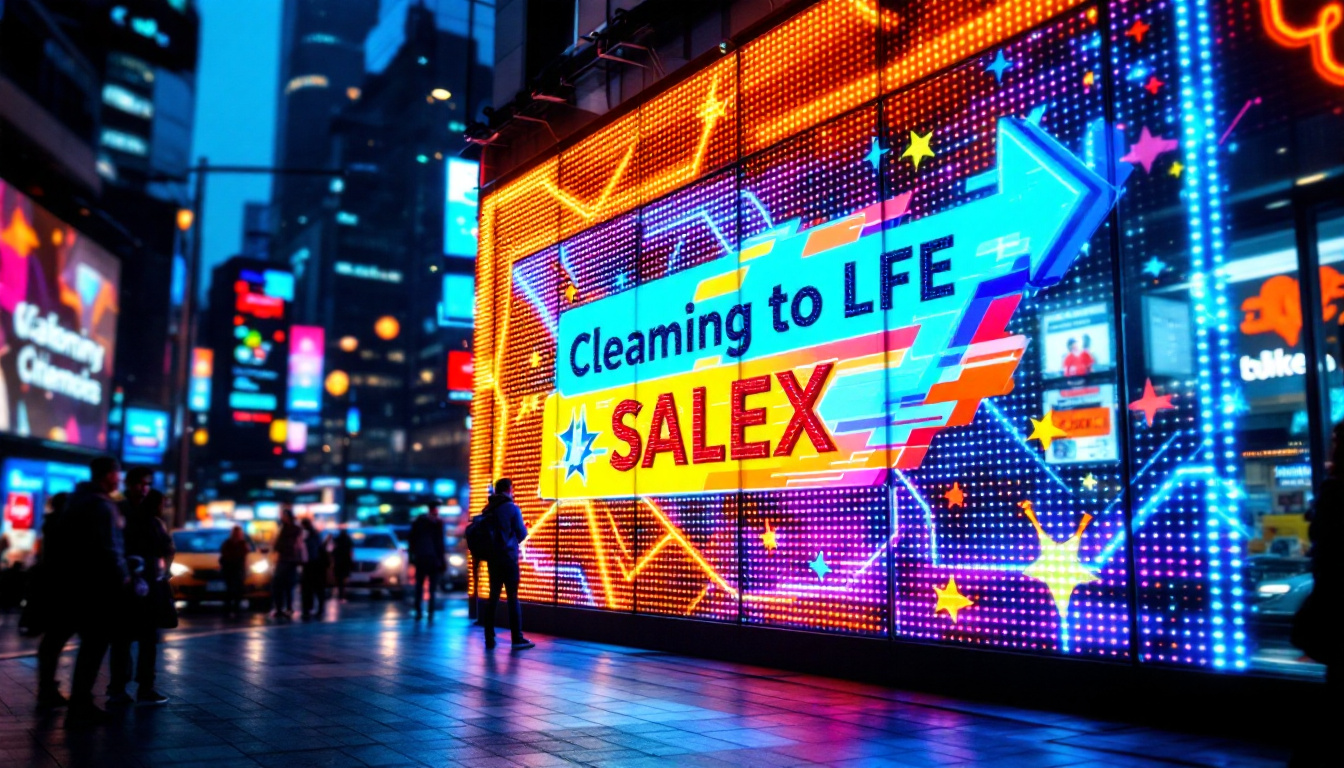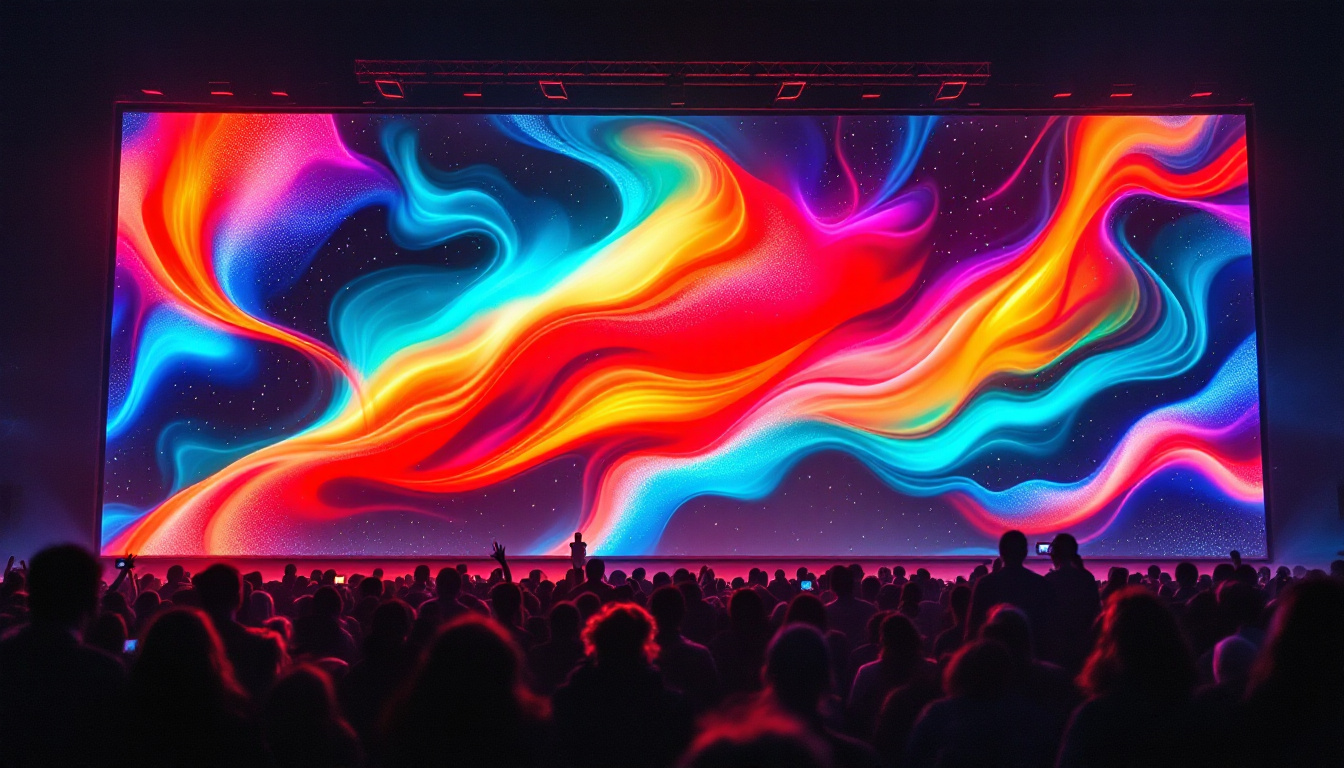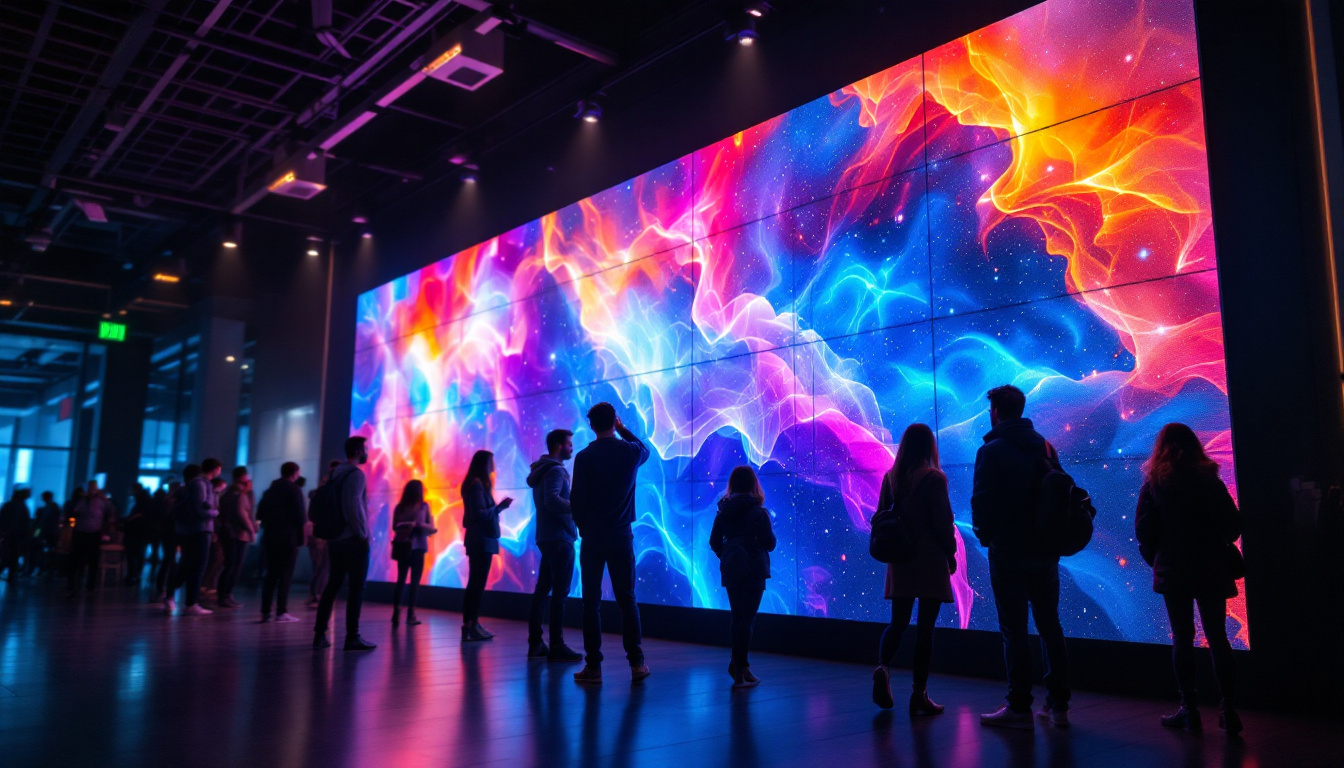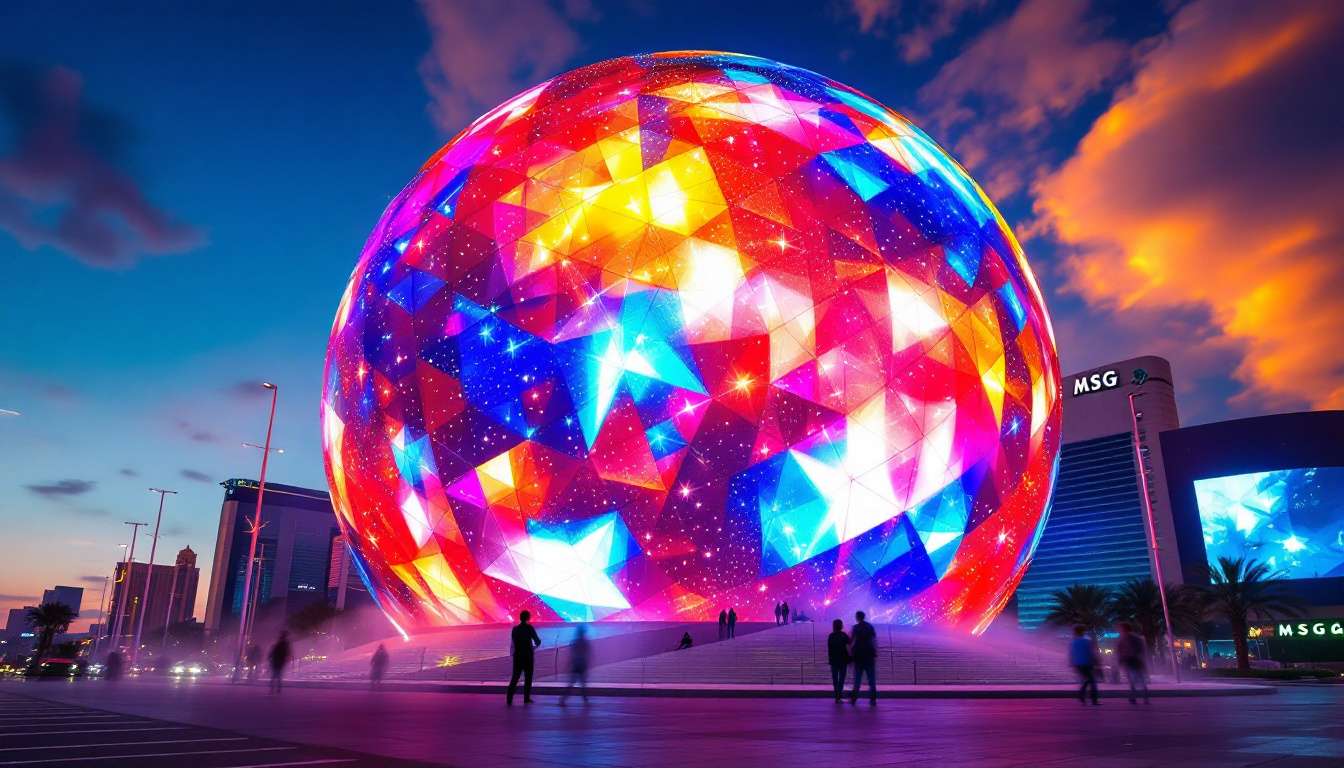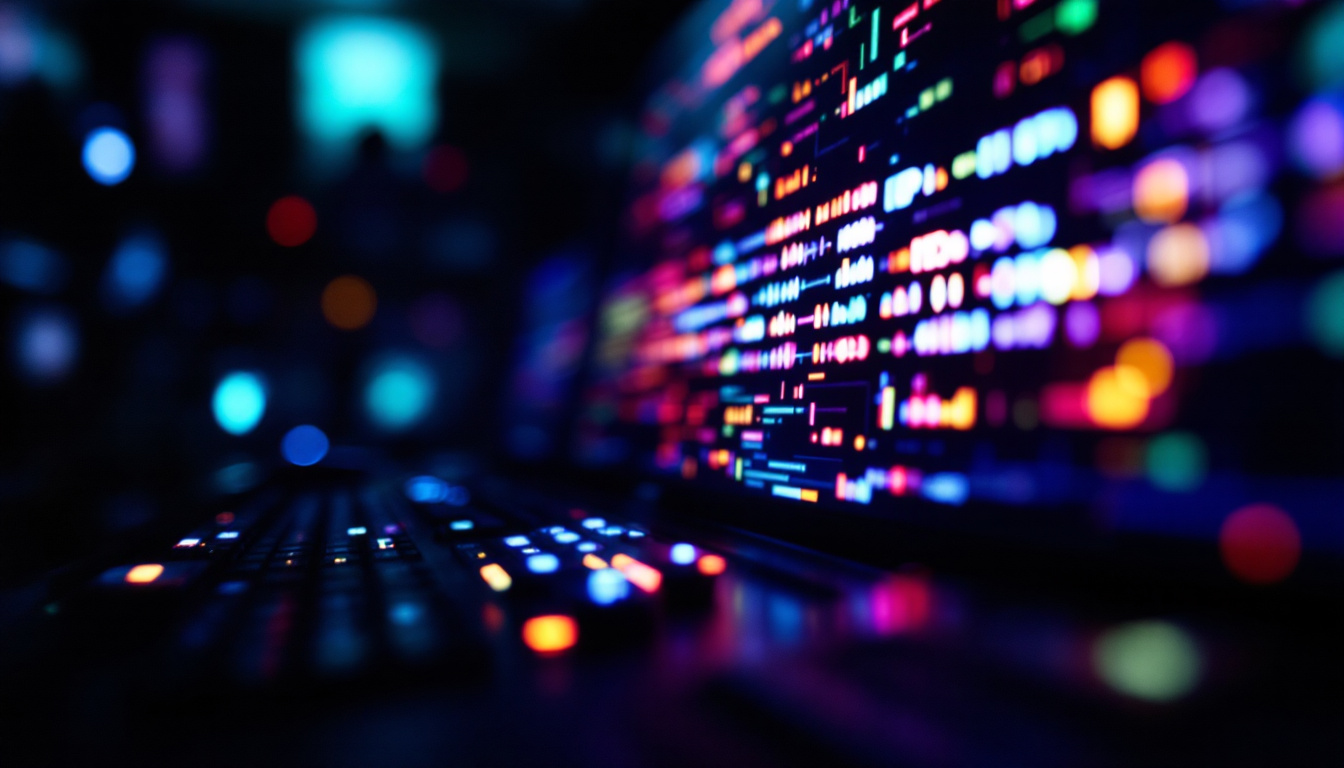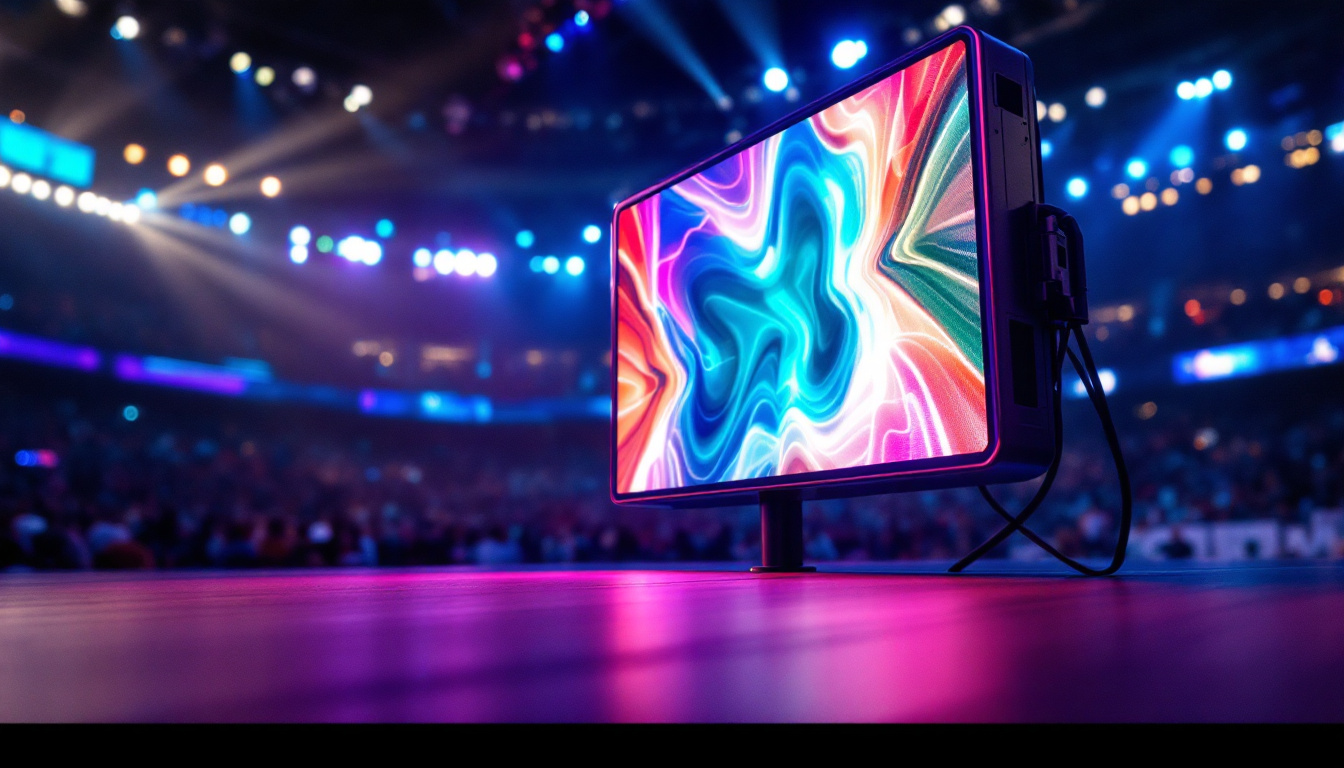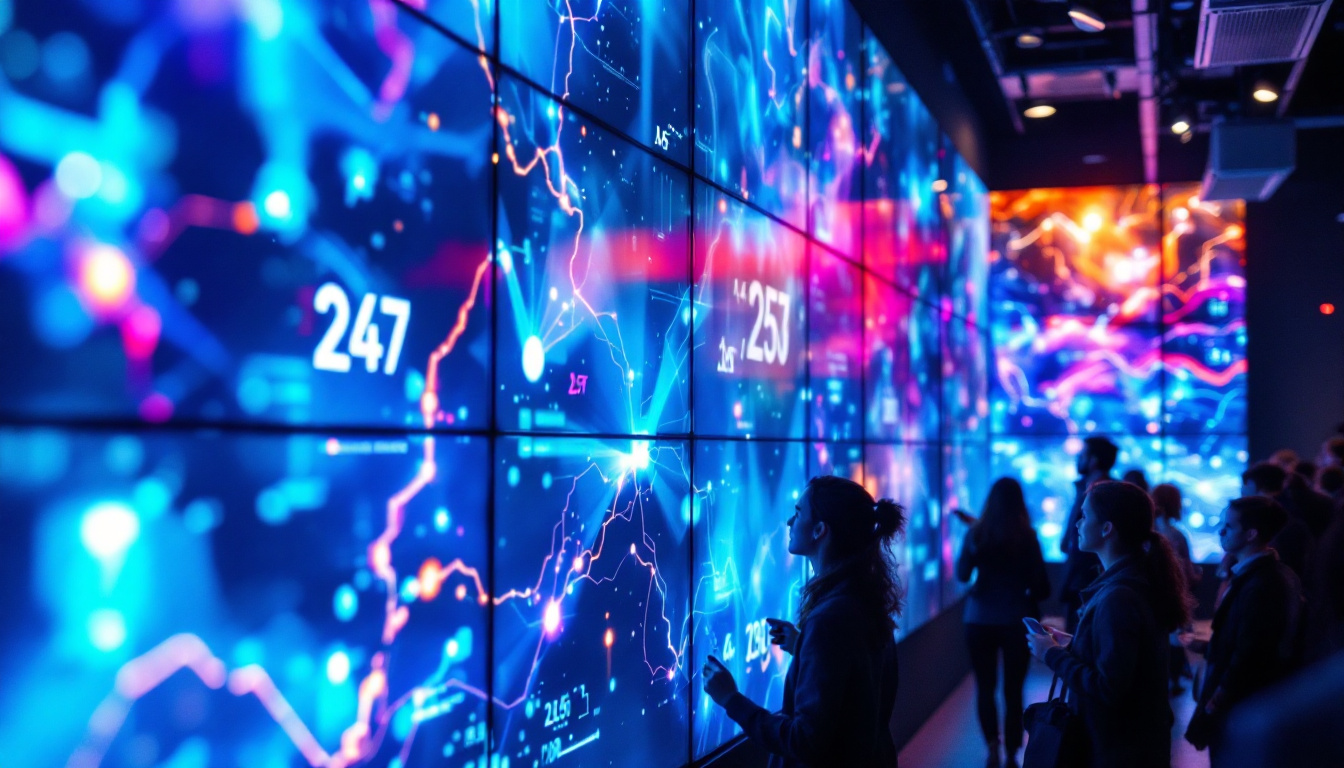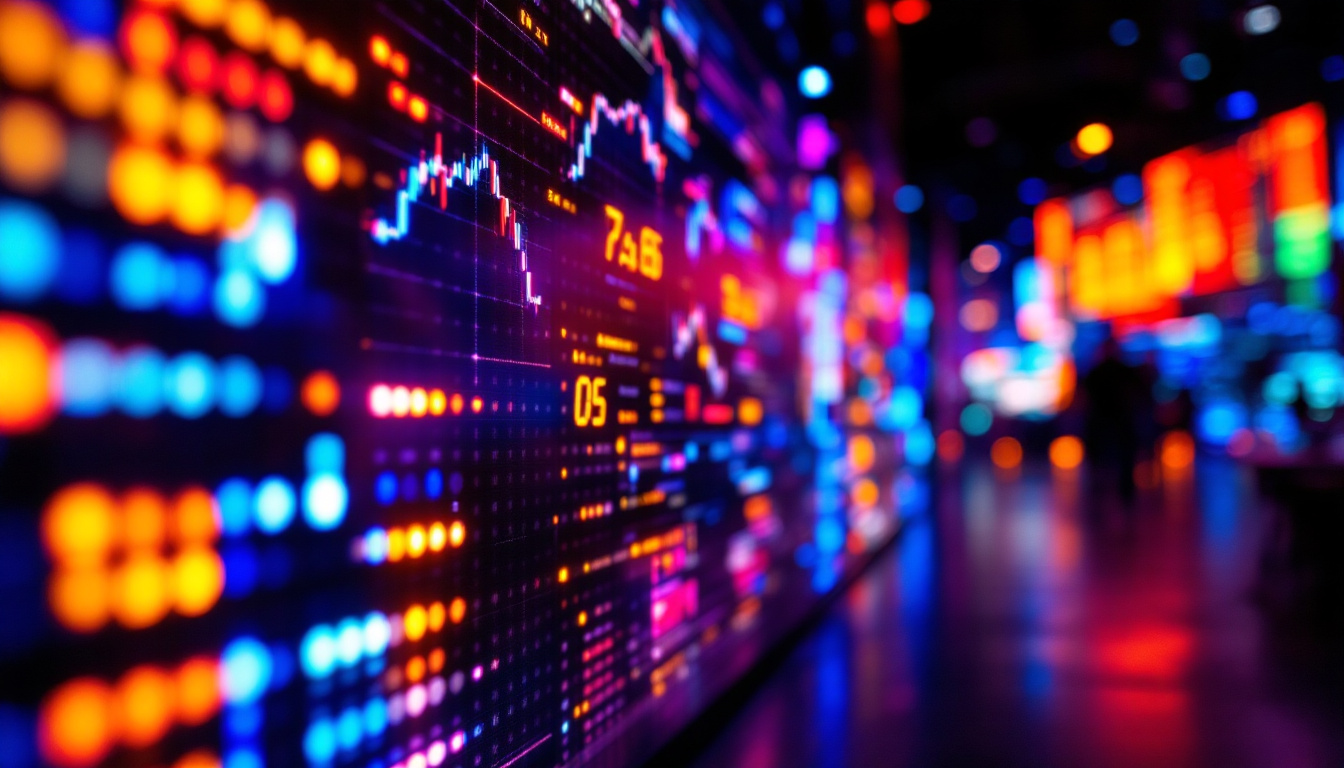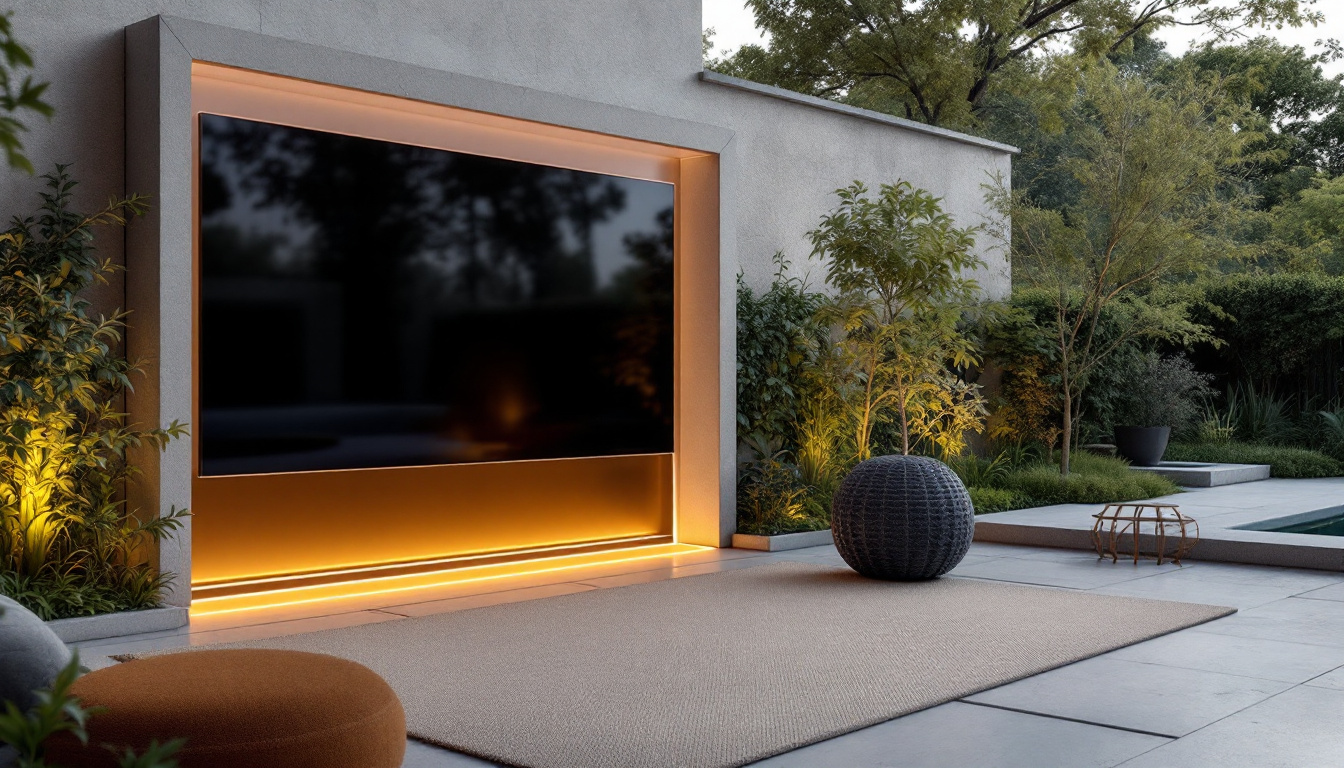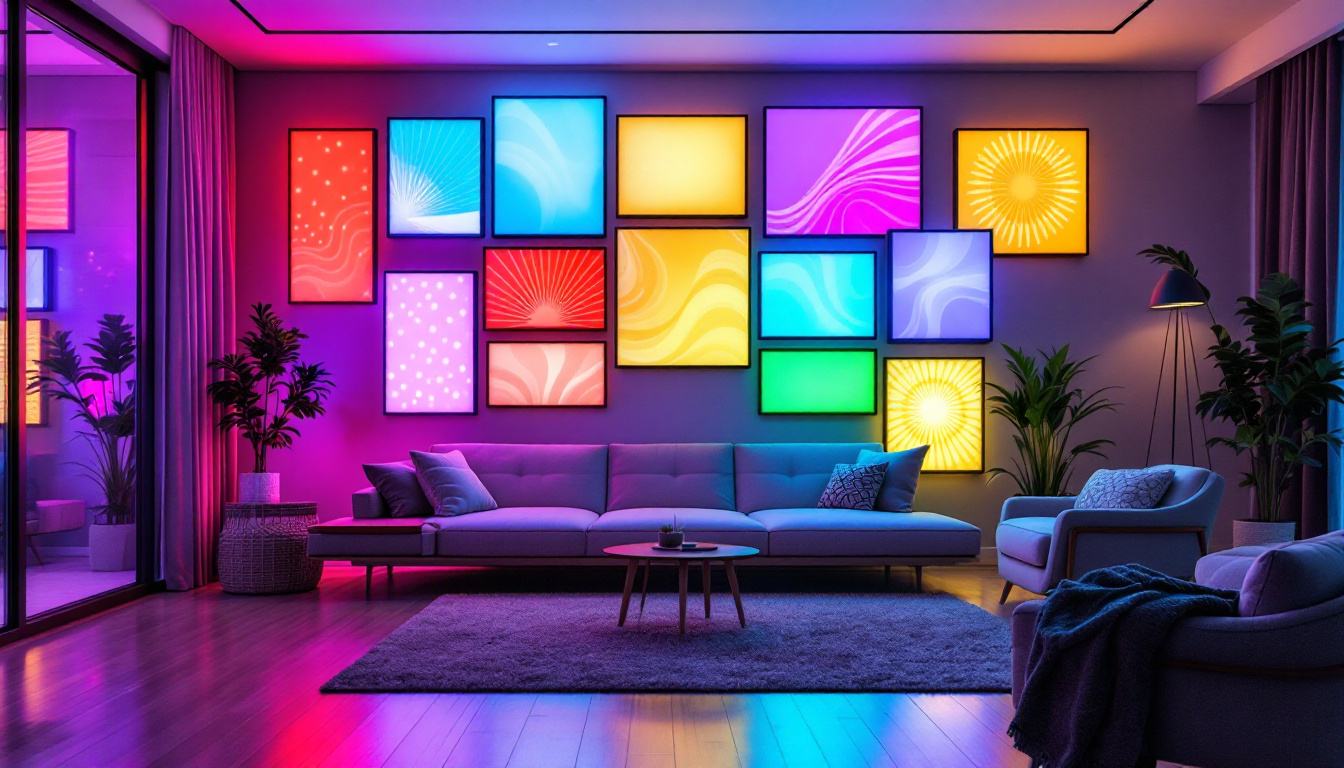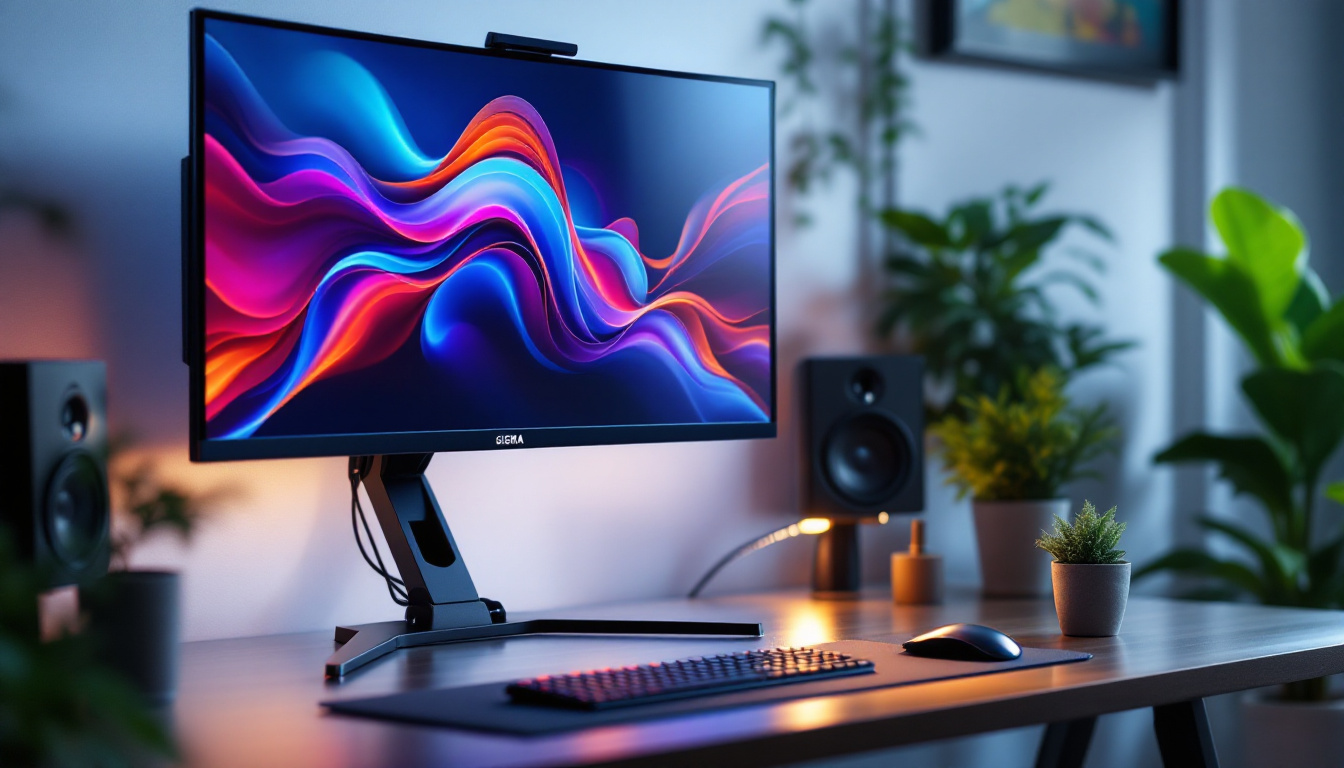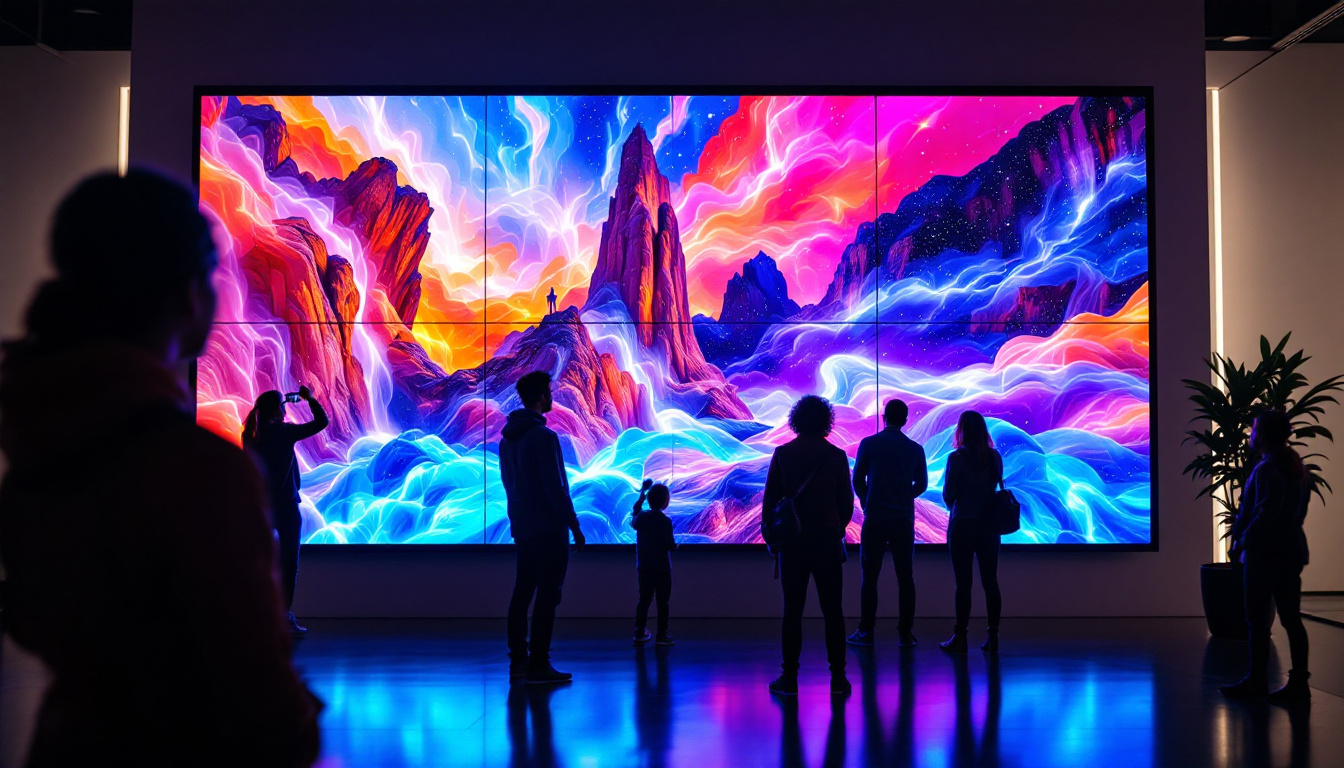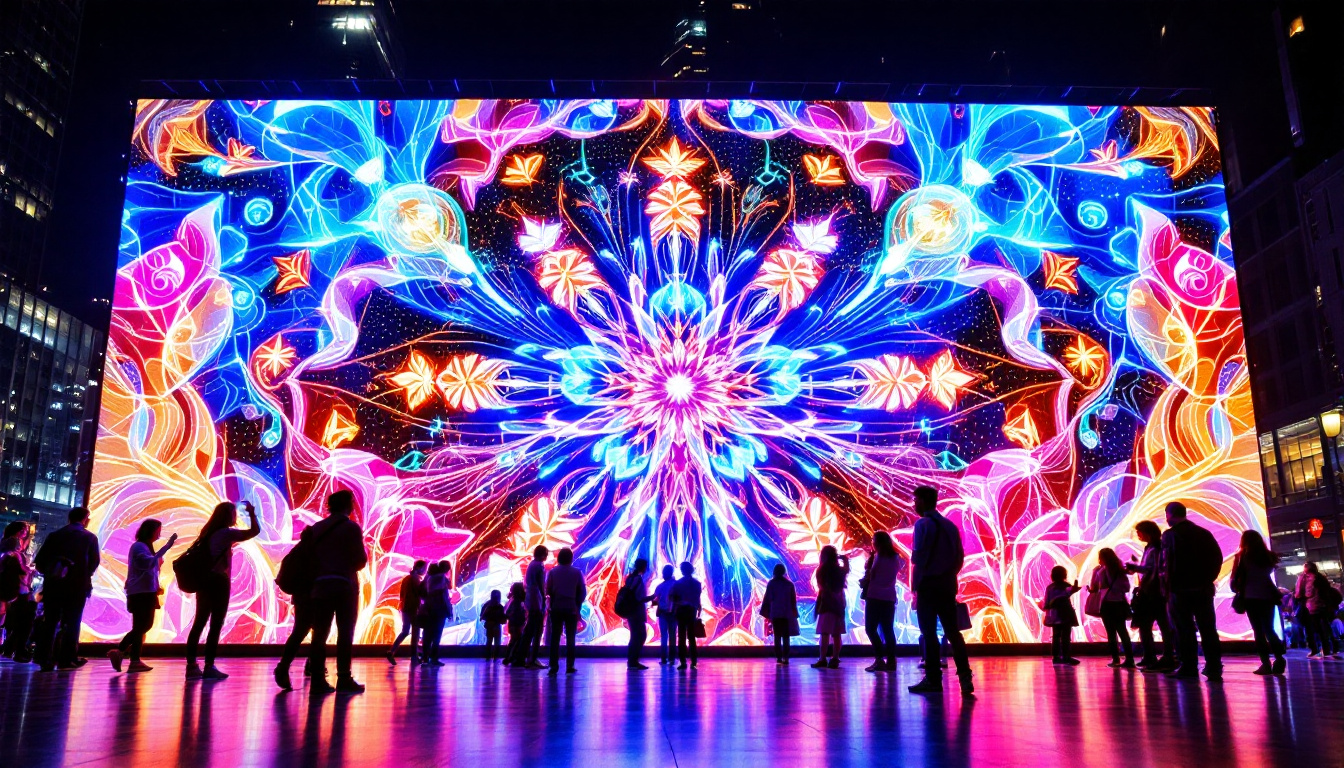In the ever-evolving world of technology, LED displays have emerged as a powerful medium for communication, entertainment, and information dissemination. Pixel Ambient Services is at the forefront of this innovation, providing cutting-edge LED display solutions that cater to various needs. This article delves into the intricacies of LED displays, exploring their technology, applications, and the role of Pixel Ambient Services in this dynamic landscape.
Understanding LED Display Technology
LED, or Light Emitting Diode, technology has revolutionized the way visual content is presented. Unlike traditional display technologies, LED displays utilize semiconductor materials to emit light when an electric current passes through them. This fundamental difference allows for greater energy efficiency, brightness, and color accuracy.
The Basics of LED Technology
At the core of LED technology are diodes, which are small electronic components that allow current to flow in one direction. When electricity is applied, these diodes emit light. In LED displays, thousands of these diodes are arranged in a matrix, creating pixels that can be individually controlled to produce a wide range of colors. This pixel-based structure enables high-resolution images and videos, making LED displays particularly appealing for various applications.
LED displays can be categorized into two main types: direct view and backlit. Direct view LED displays consist of individual LEDs that form the entire display surface, while backlit displays use LEDs to illuminate a liquid crystal display (LCD) panel from behind. Each type has its own advantages and is suited for different scenarios, depending on factors such as brightness, viewing angle, and installation space. For instance, direct view LED displays are often used in large outdoor billboards and sports arenas, where visibility from a distance is crucial, while backlit displays are commonly found in televisions and computer monitors, where color accuracy and contrast are paramount.
Key Features of LED Displays
One of the standout features of LED displays is their exceptional brightness. They can produce vivid colors and sharp images even in bright ambient light, making them ideal for outdoor advertising and large venues. Additionally, LED displays have a wide color gamut, allowing for more accurate color reproduction. This capability is particularly beneficial in industries such as broadcasting and digital signage, where precise color matching is essential for conveying brand messages effectively.
Another significant advantage is their energy efficiency. LED displays consume less power compared to traditional display technologies, which not only reduces operational costs but also contributes to a smaller carbon footprint. Furthermore, their long lifespan—often exceeding 50,000 hours—means that they require less frequent replacements, enhancing their overall value. This durability makes them a preferred choice for installations that require continuous operation, such as transportation hubs and retail environments. Additionally, the low heat output of LED technology minimizes the need for extensive cooling systems, further contributing to their energy-saving benefits.
Moreover, the versatility of LED displays extends beyond just their physical attributes. They can be easily integrated with advanced technologies such as smart sensors and interactive touch capabilities, allowing for dynamic content that can respond to user interactions. This adaptability opens up new avenues for creative advertising and engagement strategies, enabling brands to connect with their audiences in innovative ways. As the demand for immersive experiences continues to grow, LED technology is poised to play a crucial role in shaping the future of visual communication.
Applications of LED Displays
LED displays have found their way into numerous sectors, each leveraging their unique capabilities to enhance communication and engagement. From advertising to entertainment, the versatility of LED technology is evident across various applications.
Advertising and Marketing
One of the most prominent uses of LED displays is in advertising. Billboards and digital signage equipped with LED technology can capture the attention of passersby with vibrant colors and dynamic content. Advertisers can easily update their messages in real-time, allowing for timely promotions and targeted marketing campaigns.
Moreover, LED displays can be strategically placed in high-traffic areas, maximizing visibility and reach. Their ability to display animated content further enhances engagement, making them a preferred choice for brands looking to make a lasting impression. With the integration of smart technology, these displays can also analyze viewer demographics and adjust content accordingly, ensuring that the right message reaches the right audience at the right time.
Entertainment and Events
In the entertainment industry, LED displays have transformed the way audiences experience live events. Concerts, sports games, and festivals often feature large-scale LED screens that enhance the visual experience for attendees. These displays can showcase live feeds, graphics, and animations, creating an immersive environment.
Additionally, LED technology is widely used in theaters and cinemas, where high-quality visuals are essential for storytelling. The ability to achieve high contrast ratios and deep blacks makes LED displays an attractive option for filmmakers and producers. Beyond traditional venues, outdoor events have also embraced LED technology, with mobile LED screens providing flexibility and adaptability for various settings, from music festivals to community gatherings, ensuring that every spectator has a front-row experience.
Corporate and Educational Settings
LED displays are increasingly being adopted in corporate environments for presentations, meetings, and training sessions. Their clarity and brightness ensure that information is easily visible to all attendees, regardless of the room’s lighting conditions. Interactive LED displays can also facilitate collaboration and engagement during discussions.
In educational settings, LED displays serve as powerful teaching tools. They can be used to display educational content, videos, and interactive lessons, making learning more engaging for students. The ability to update content quickly allows educators to adapt their teaching materials to current events or new information. Furthermore, the integration of touch technology in LED displays enables hands-on learning experiences, allowing students to interact with the material directly, fostering a more dynamic and participatory classroom environment. This shift towards interactive learning not only enhances retention but also encourages critical thinking and collaboration among students, preparing them for a more interconnected world.
Pixel Ambient Services: Leading the Way
As a pioneer in the field of LED display solutions, Pixel Ambient Services has established itself as a trusted partner for businesses and organizations seeking to leverage this technology. With a commitment to quality and innovation, the company offers a range of products and services tailored to meet diverse needs.
Custom LED Solutions
One of the standout offerings of Pixel Ambient Services is its ability to provide customized LED solutions. Understanding that every client has unique requirements, the company works closely with customers to design and implement displays that align with their specific goals. Whether it’s a large-scale outdoor billboard or an interactive display for a retail environment, Pixel Ambient Services ensures that the final product meets the highest standards of quality and performance.
By utilizing advanced technology and materials, Pixel Ambient Services creates displays that are not only visually stunning but also durable and reliable. This attention to detail ensures that clients receive a product that can withstand the rigors of daily use while delivering exceptional performance.
Comprehensive Support and Maintenance
In addition to providing high-quality LED displays, Pixel Ambient Services offers comprehensive support and maintenance services. This commitment to customer satisfaction extends beyond the initial installation, ensuring that clients have access to ongoing assistance and troubleshooting as needed.
Regular maintenance is crucial for the longevity and performance of LED displays. Pixel Ambient Services provides routine checks and servicing to keep displays operating at peak efficiency. This proactive approach minimizes downtime and maximizes the return on investment for clients.
The Future of LED Displays
The future of LED display technology looks promising, with advancements on the horizon that will further enhance their capabilities. Innovations in pixel density, energy efficiency, and interactivity are set to redefine how LED displays are used across various sectors.
Advancements in Technology
As technology continues to evolve, LED displays are becoming increasingly sophisticated. Higher pixel densities are enabling the creation of ultra-high-definition displays, providing even greater detail and clarity. This trend is particularly relevant for applications requiring precision, such as medical imaging and high-end advertising.
Moreover, advancements in energy efficiency are making LED displays even more sustainable. New materials and designs are being developed to reduce power consumption while maintaining brightness and performance. This focus on sustainability aligns with global efforts to reduce carbon footprints and promote eco-friendly practices.
Interactivity and Integration
The integration of interactivity into LED displays is another exciting development. Touchscreen capabilities and augmented reality features are being incorporated, allowing users to engage with content in new and innovative ways. This interactivity opens up new possibilities for advertising, education, and entertainment, creating more immersive experiences for audiences.
Furthermore, the integration of LED displays with smart technologies and the Internet of Things (IoT) is set to enhance their functionality. This connectivity will enable real-time data updates, personalized content delivery, and seamless integration with other digital platforms.
Conclusion
LED displays have become an integral part of modern communication and entertainment, offering unparalleled versatility and performance. Pixel Ambient Services stands out as a leader in this field, providing customized solutions and comprehensive support to meet the diverse needs of clients. As technology continues to advance, the potential for LED displays is limitless, promising exciting developments that will shape the future of visual communication.
Whether for advertising, events, or corporate settings, the impact of LED displays is undeniable. With Pixel Ambient Services at the helm, businesses can harness the power of this technology to elevate their messaging and engage their audiences in meaningful ways. The journey of LED displays is just beginning, and the possibilities are endless.
Discover LumenMatrix’s Innovative LED Solutions
Ready to transform your visual communication strategy with the latest in LED display technology? Look no further than LumenMatrix, a pioneer in crafting immersive and dynamic visual experiences. From vibrant Indoor LED Walls to robust Outdoor Displays, and from sleek LED Posters to interactive Floor Displays, LumenMatrix offers a comprehensive suite of solutions tailored to your needs. Elevate your brand’s presence and captivate your audience with our cutting-edge displays. Check out LumenMatrix LED Display Solutions today and step into the future of digital signage.

